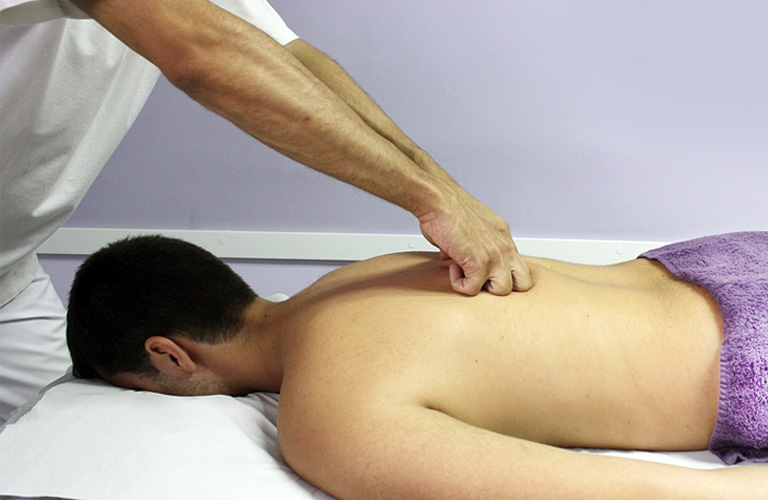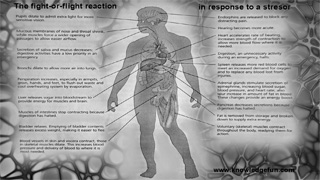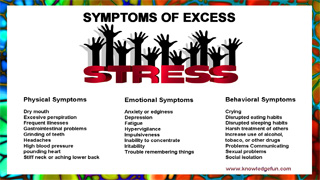Osteopathic Manipulation
Touch and body manipulations are long-standing forms of health care. Manual healing methods are an integral part of osteopathic medicine, now also considered a form of conventional medicine. Osteopathic manipulation is the core set of techniques in osteopathy, a type of alternative medicine that emphasizes physical manipulation of muscle tissue and bones.
The osteopathic profession has evolved into two branches, non-physician manual medicine osteopaths and full scope of medical practice osteopathic physicians. These groups are so distinct that in practice they function as separate professions. The regulation of non-physician manual medicine osteopaths varies greatly between jurisdictions. The non-physician manual medicine osteopaths are usually regulated by statute and in some countries practice requires registration with the relevant regulatory authority. Osteopathic physicians or doctors of osteopathic medicine (D.O.) receive a medical education similar to that of medical doctors, but their training places special emphasis on musculoskeletal problems and manipulative therapy. Doctors of osteopathic medicine are trained and licensed to perform surgery and prescribe medications.
The purpose of the manipulations is to improve joint motion and function. Manipulations are most commonly done on the spine, but other parts of the body may also be treated in this way.
Spinal manipulation is also called spinal manipulative therapy. It’s a technique where practitioners use their hands or a device to apply a controlled thrust (that is, a force of a specific magnitude or degree in a specific direction) to a joint of your spine. The amount of force can vary, but the thrust moves the joint more than it would on its own.
Spinal manipulation is different from spinal mobilization, which doesn’t involve a thrust (and is performed within a joint’s natural range of motion and can be controlled by the patient).
Most spinal manipulations are done by chiropractors (chiropractic treatment often involves spinal manipulation), although other licensed professionals including osteopathic physicians, non-physician manual medicine osteopaths, and physical therapists also do spinal manipulations.
Note: Spinal manipulation is relatively safe when performed by a trained and licensed practitioner. The most common side effects of spinal manipulation are temporary muscle soreness, stiffness, or a temporary increase in pain.
Browse Related Info:
- Traditional Chinese Medicine
- Mind and Body Interventions or Practices
- Tai Chi
- Qi Gong
- Yoga
- Hypnosis
- Meditation
- Relaxation Techniques
- CAM Natural Products
- Herbal Remedies
- Wellness and Well-Being
- Health Pages
- Testing Treatments

Did You Know?
Osteopathic manipulative treatment (OMT) is considered to be only one component of osteopathic medicine and may be used alone or in combination with pharmacotherapy, rehabilitation, surgery, patient education, diet, and exercise.
OMT techniques are not necessarily unique to osteopathic medicine; other disciplines, such as physical therapy or chiropractic, use similar techniques.
One integral tenet of osteopathy is that problems in the body's anatomy can affect its proper functioning. Another tenet is the body's innate ability to heal itself.
Many of osteopathic medicine's manipulative techniques are aimed at reducing or eliminating the impediments to proper structure and function so the self-healing mechanism can assume its role in restoring a person to health.[
Serious complications, deaths, and delays in diagnosis of serious illnesses have been associated with spinal manipulation, including in children, but are very rare.
A type of spinal manipulation that focuses on the neck has been linked to small, potentially dangerous tears in the artery walls in the neck, called cervical artery dissections (CAD). These tears are rare but can lead to a stroke. Any kind of sudden neck movement, such as playing sports, getting whiplash, and violent vomiting or coughing may also increase the risk of tears. The available evidence suggests that the incidence of CAD in people getting spinal manipulation is low, but patients need to be informed of this potential risk.
There is not sufficient data to establish the safety of spinal manipulations, and the rate of adverse events is unknown. Spinal manipulation is frequently associated with mild to moderate temporary adverse effects, and also rare serious outcomes which can result in permanent disability or death.
Spinal manipulation is one of the most common complementary health
approaches used by adults and children in North America.
Tips on How to Select Health Care Practitioner
Selecting a health care practitioner of conventional medicine or complementary and alternative medicine (CAM) is an important decision and can be key to ensuring that you are receiving the best health care.
If you are seeking a complementary and alternative medicine (CAM) practitioner, speak with your primary health care provider(s) regarding the therapy in which you are interested. Ask if they have a recommendation for the type of CAM practitioner you are seeking.
Make a list of health care practitioners and gather information about each before making your first visit. Ask basic questions about their credentials and practice. Where did they receive their training? What licenses or certifications do they have? How much will the treatment cost?
Check with your insurer to see if the cost of therapy will be covered.
After you select a practitioner, make a list of questions to ask at your first visit. You may want to bring a friend or family member who can help you ask questions and note answers.
Come to the first visit prepared to answer questions about your health history, including injuries, surgeries, and major illnesses, as well as prescription medicines, vitamins, and other supplements you may take.
Assess your first visit and decide if the practitioner is right for you. Did you feel comfortable with the practitioner? Could the practitioner answer your questions? Did he respond to you in a way that satisfied you? Does the treatment plan seem reasonable and acceptable to you?





